Enter a surname, town name or other keyword to search the database. Remember to
allow for the different spellings of 'Mc' and 'Mac.' Good luck!
{Search tips: Use single word search terms for more results}
You must enter some valid character(s) into the search field
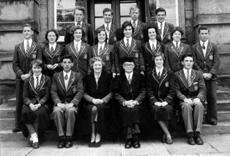
Reference: IRAA
Inverness Royal Academy Prefec...
|
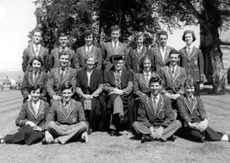
Reference: IRAA
Inverness Royal Academy Prefec...
|
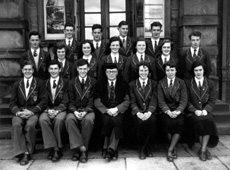
Reference: IRAA
Inverness Royal Academy Prefec...
|
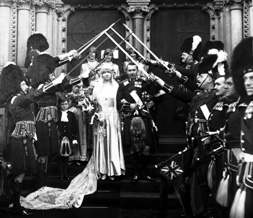
Reference: 48131
Rose - Miller wedding outside ...
|
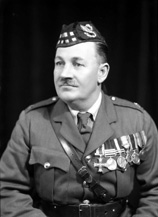
Reference: 28033a
Major Donald Munro MC (1880-19...
|
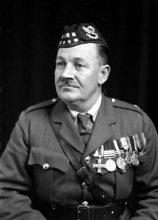
Reference: 28033b
Major Donald Munro MC (1880-19...
|
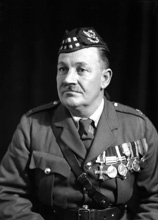
Reference: 28033c
Major Donald Munro MC (1880-19...
|
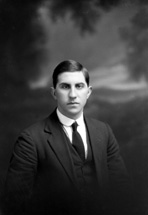
Reference: 24801
John Murray, c/o The Free Pres...
|

Reference: H-0018
Artillery guns and Flora Macdo...
|